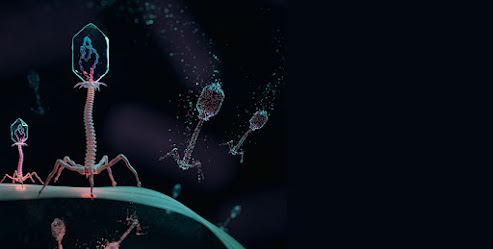 |
| Photo Credit: Kat Wilcox |
A new forensic science study sheds light on how the bones of infants and juveniles decay. The findings will help forensic scientists determine how long a young person’s remains were at a particular location, as well as which bones are best suited for collecting DNA and other tissue samples that can help identify the deceased.
“Crimes against children are truly awful, and all too common,” says Ann Ross, co-author of the study and a professor of biological sciences at North Carolina State University. “It is important to be able to identify their remains and, when possible, understand what happened to them. However, there is not much research on how the bones of infants and children break down over time. Our work here is a significant contribution that will help the medical legal community bring some closure to these young people and, hopefully, a measure of justice.”
For this study, the researchers used the remains of domestic pigs, which are widely used as an analogue for human remains in forensic research. Specifically, the researchers used the remains of 31 pigs, ranging in size from 1.8 kilograms (4 pounds) to 22.7 kilograms (50 pounds). The smaller remains served as surrogates for infant humans, up to one year old. The larger remains served as surrogates for children between the ages of one and nine.




.jpg)










.jpg)
